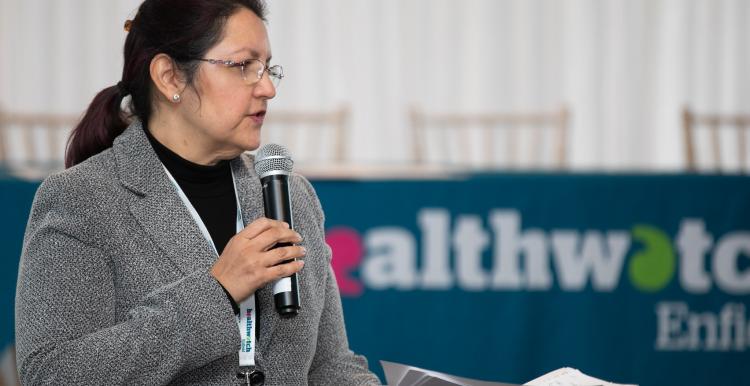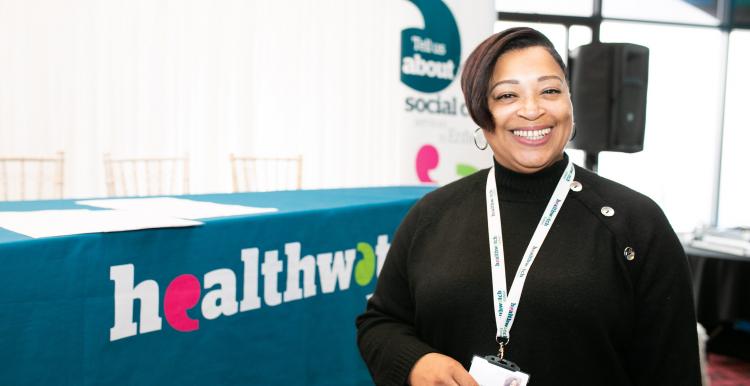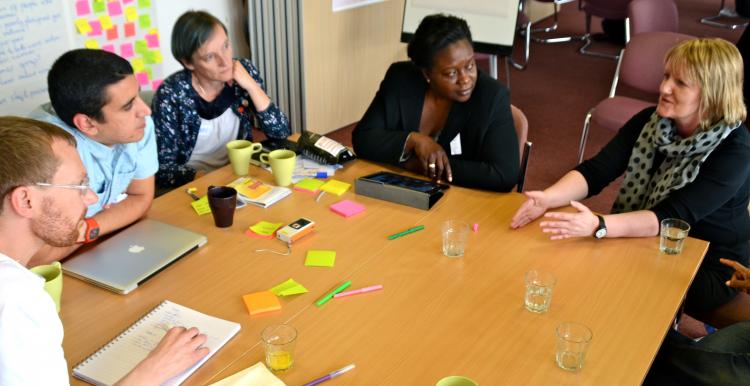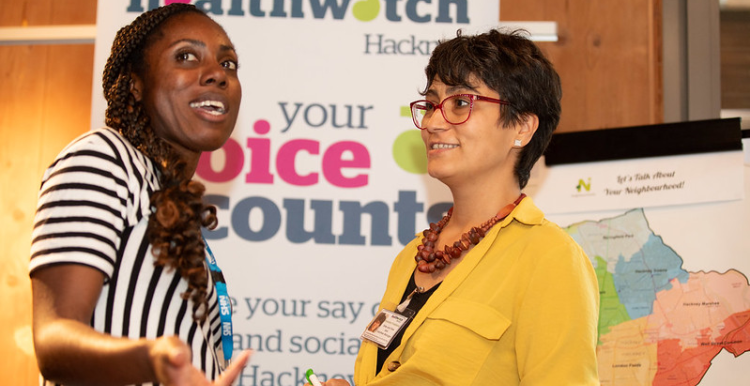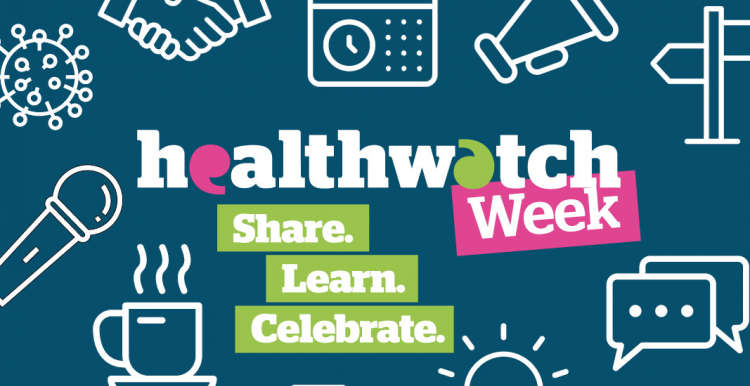How to complete our annual local Healthwatch survey

Step one: The Annual Survey
What is the Annual Survey?
Our network has achieved so much over the last few years, even in the face of challenging circumstances. It’s important that you get the right support to run a high-quality local service. That’s why we need to understand how things work on the ground for you and the constraints you face.
The Annual Survey gives us a bird’s eye view of local engagement, resources, funding, reach and impact. As well as targeted support, the information helps us protect and generate income, support new partnerships, and report to Parliament through our annual report.
How can you complete the Annual Survey?
The survey is mandatory, and you should submit one response per Healthwatch. It should take around 30 minutes to complete. We recommend you look through the questions below and collect any required information before you begin the survey.
Step two: Reporting on the diversity of your board, staff and volunteers
As our Chair, Sir Robert Francis set out, we are committed to equality, diversity and inclusion. We have set an objective to be transparent and have a diverse range of board members, staff and volunteers who reflect the communities we serve.
This year, we ask that you also collect demographic data at your local Healthwatch anonymously. You can use a printable version of the demographic questionnaire below to ask your board, staff and volunteers to submit their information.
You'll then need to collate this information and send it to us by completing the additional Demographic Survey. Please note this survey is anonymous, and you will not have to reveal which local Healthwatch you are from when you supply the information.
We are asking you for this data so that we can understand the diversity of our network. We will only analyse data at a national level – not at the individual local Healthwatch level.
Got a question?
Please speak to your Regional Network Manager if you have a question about the survey or the support we offer.

